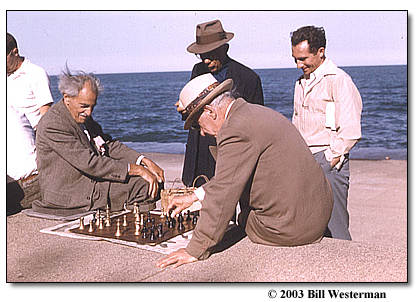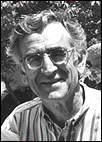|
table of contents |
In those days, as now, I photographed anything that would hold still and some things that wouldn't. I would carefully pose model airplanes, hanging them from the clothesline or in 'crashed' positions in the grass. Then I would rush down to Bill's Camera and Sporting Goods store to pick up my processed film only to be disappointed again with blurry images. I was continually fooled by the perfectly in-focus images in the viewfinder, always hoping that "maybe this time...."
Two things launched me into my lifelong hobby in photography, the first being when I bought my very own Eastman Kodak bellows 127 Autographic camera. No more plastic, no more cardboard. This camera had a beautiful steel and brass body with a variable aperture and shutter speeds! When folded, it fit neatly into my pocket.
The other thing that bolstered my interest was born out of necessity when Bill's Camera store burned to the ground and I began developing my own film and printing my own pictures. Due to my impecunious state at the time, all of this was done under the most primitive of conditions. Kodak was aware that backyard water pumps were very common back then and made accommodations for that fact. For instance one might be asked in the instructions to "Wash the prints under running water for fifteen minutes or hand wash in a pan of water for five minutes repeating this process ten times with fresh, clean water." The developer had to be at a specific temperature for the optimum results but without a thermometer I simply had to guess by sticking my finger in the solution.
Ordinarily a roll of film was developed in a light-tight canister. Not having one of these gadgets I would hold the film strip by each end and seesaw it through the developer solution back and forth, back and forth until it was ready to go into the 'stop bath'. I never tired of seeing the images magically appear on the film strip. My darkroom light was a red Christmas bulb. I also constructed my own contraptions for enlarging and printing. Somehow through all this I was able to get the job done.
After a while I lost interest in the process and from that time on relied on someone else do the finishing. My serious approach to photography came in 1955 when I served in the military in Mannheim, Germany. That's when I was able to purchase my very own 35mm camera, an Agfa Karat 36. It was a viewfinder type camera with a bellows extension for the lens. During WWII all the weekly newsreels we watched at the Rialto theater were in black and white.

Chess Players on the Shore of Lake Michigan

